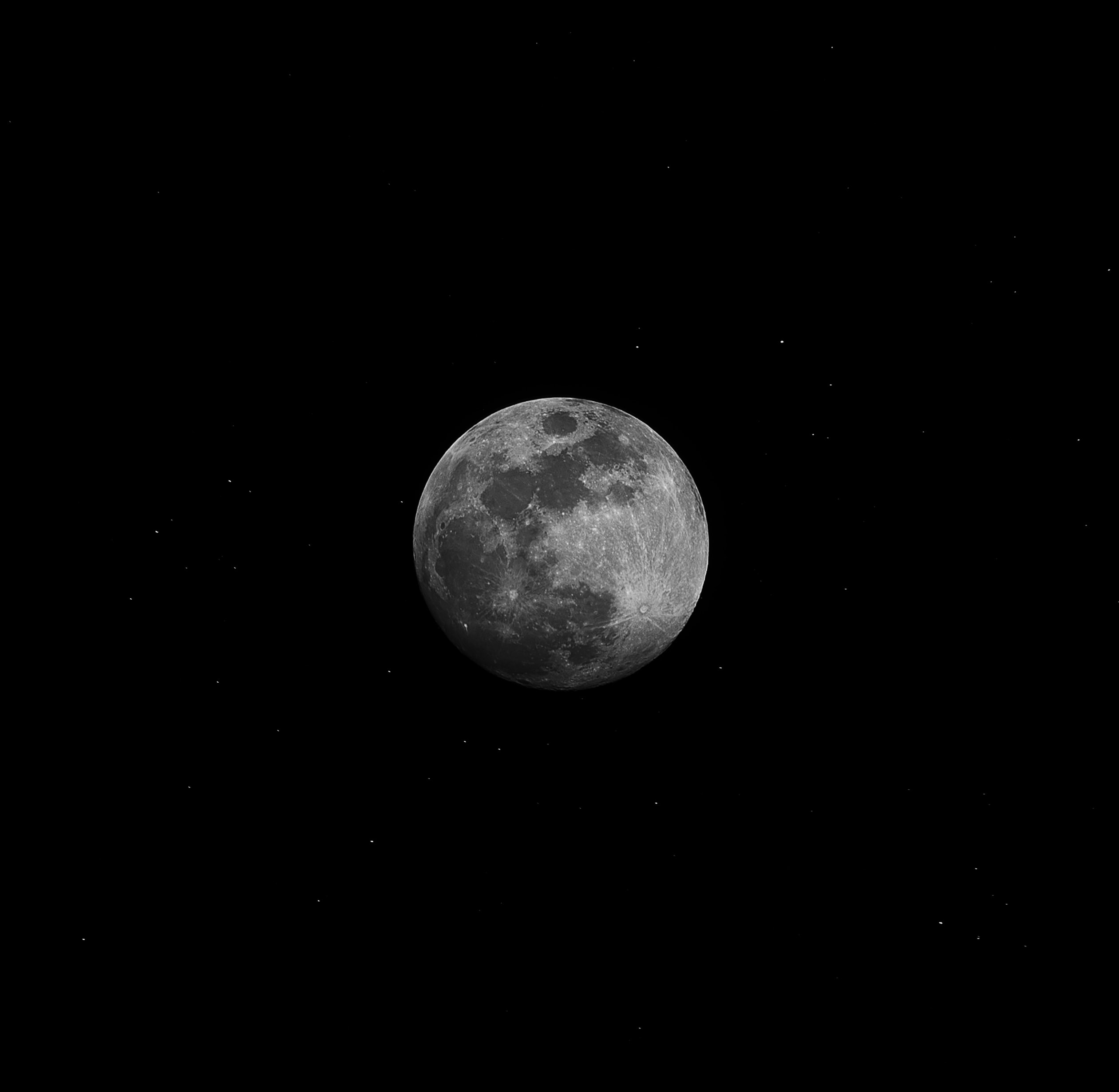How to Make an Aura Camera: A Step-by-Step Guide
Have you ever been fascinated by the mysterious energy fields surrounding people? If so, you may have come across aura photography, a technique used to capture and visualize these fields. While aura cameras are commercially available, it is also possible to make your own aura camera at home. In this article, we will guide you through the process of creating your own DIY aura camera. Let’s get started!
Materials Needed
Before we start building our aura camera, let’s gather all the necessary materials:
| Materials | Quantity |
|---|---|
| Raspberry Pi | 1 |
| Raspberry Pi Camera Module | 1 |
| Infrared (IR) Filter | 1 |
| LED strip | 1 |
| Resistors | 2 |
| Breadboard | 1 |
| Jumper wires | Several |
| Screen or monitor | 1 |
| USB keyboard and mouse | 1 set |
Creating the Aura Camera
Step 1: Set up the Raspberry Pi
First, we need to set up the Raspberry Pi. Start by downloading the latest version of the Raspberry Pi operating system and follow the installation instructions provided by the Raspberry Pi Foundation. Once the operating system is installed, connect the Raspberry Pi to a screen or monitor using an HDMI cable. Plug in a USB keyboard and mouse for input.
Step 2: Enable the Camera Module
After setting up the Raspberry Pi, we need to enable the camera module. Access the Raspberry Pi configuration menu by typing the following command into the terminal:
sudo raspi-configNavigate to the “Interfacing Options” menu and select “Camera”. Enable the camera module and exit the configuration menu.
Step 3: Connect the Camera Module
Now, let’s connect the camera module to the Raspberry Pi. Carefully insert the ribbon cable into the slot on the Raspberry Pi, with the contacts facing away from the HDMI port. Secure the cable by gently pushing down the retaining clip. Make sure the cable is inserted correctly to avoid any damage.
Step 4: build an IR LED circuit
Since aura photography requires capturing infrared light, we need to build an IR LED circuit. Connect the longer leg (anode) of the LED to one end of the resistor and connect the other end of the resistor to the 3.3V pin on the Raspberry Pi. Next, connect the shorter leg (cathode) of the LED to a ground pin on the Raspberry Pi using another resistor as a current-limiting resistor. This will ensure the LED doesn’t draw too much current. Refer to the datasheet of your specific LED for the appropriate resistor value.
Step 5: Attach the Infrared Filter
To filter out unwanted visible light, place the infrared filter in front of the camera module. This will help capture only the infrared light emitted by the LED strip and the subjects being photographed. Secure the filter in place using tape or adhesive.
Step 6: Write the Image Capture Code
Now, let’s write the code that captures images using the camera module. Open a Python editor or the terminal on your Raspberry Pi and write a short script to initialize the camera and capture still images. Here’s a basic example:
import picamera
camera = picamera.PiCamera()
camera.capture('/home/pi/aura_image.jpg')
camera.close()Save this code as “aura_camera.py” in an easily accessible location on your Raspberry Pi.
Step 7: Create an Aura Viewer
To view the aura images, we need to set up a graphical user interface (GUI) on the Raspberry Pi. There are various options available, but for simplicity, we will use the Tkinter library. Create a new Python script and write code to display the captured aura image using Tkinter. Here’s an example:
from tkinter import *
from PIL import ImageTk, Image
root = Tk()
root.title("Aura Viewer")
image = Image.open('/home/pi/aura_image.jpg')
photo = ImageTk.PhotoImage(image)
label = Label(root, image=photo)
label.pack()
root.mainloop()Save this code as “aura_viewer.py” in the same location as the aura_camera.py file.
Step 8: Capture and View Aura Images
We are almost done! Run the following command in the terminal to capture an aura image:
python3 aura_camera.pyAfter the image is captured, you can view it by running the following command:
python3 aura_viewer.pyThe aura image should now be displayed on the screen.
Conclusion
Congratulations! You have successfully created your own DIY aura camera using a Raspberry Pi. Exploring the energy fields surrounding people can be a fascinating journey, and with your own aura camera, you can now explore and capture these fields in a unique way. Experiment further by adding filters, adjusting LED colors, or even developing an image processing algorithm to enhance the aura images. The possibilities are endless! Have fun and enjoy your aura photography adventures.
Table of Contents
